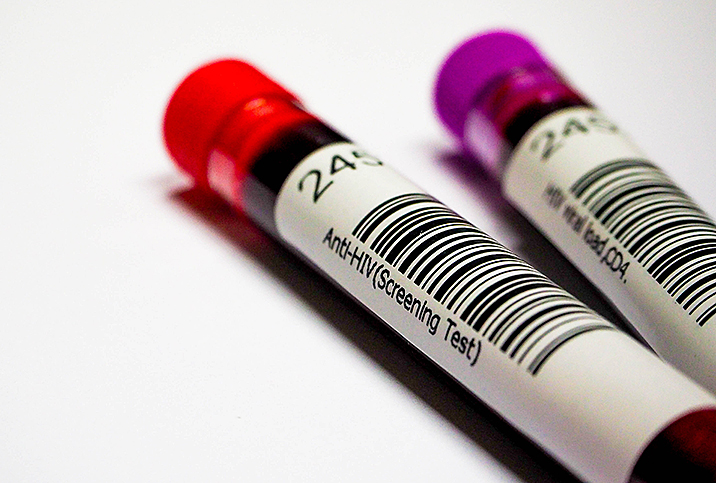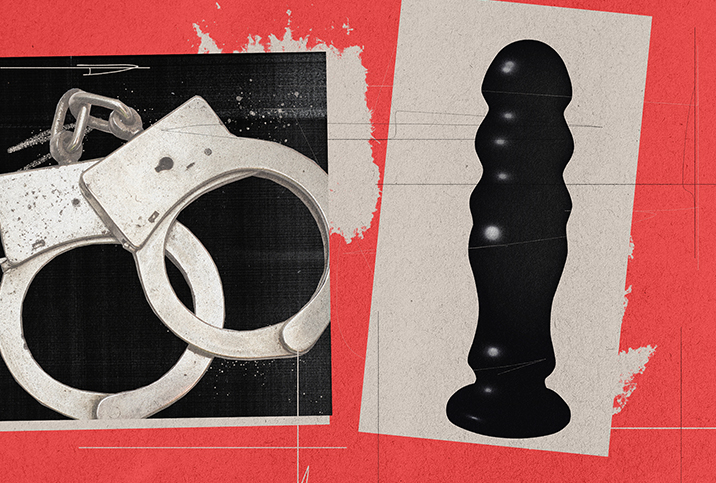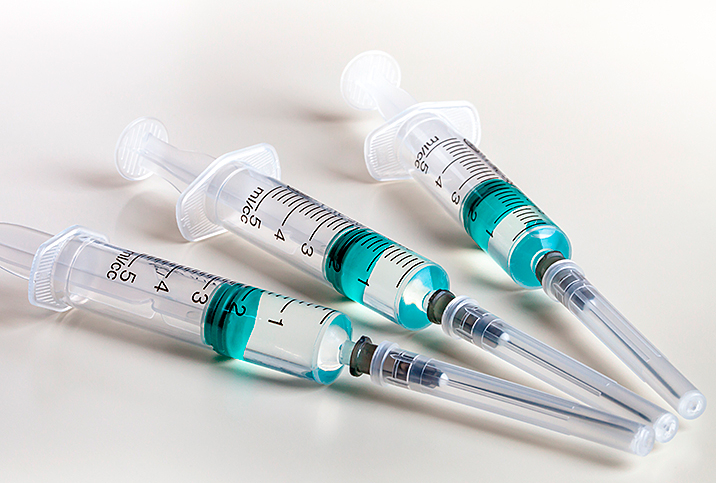An Update on HIV

Around the world, governments, foundations and other organizations have made firm commitments to work together to minimize the impact of HIV, or human immunodeficiency virus. But each of us still has a part to play by staying up to date on the struggle against this epidemic.
Diagnosis & treatment
Untreated, HIV is the virus that can lead to AIDS, or acquired immunodeficiency syndrome. Fortunately, treatment options have become so advanced these days that newly diagnosed HIV patients are given expectations for long and healthy lives as long as they adhere to recommended medical instructions and lifestyle strategies.
Globally, the facts and statistics still associated with HIV are sometimes grim. In the United States, however, Americans have overcome major hurdles relating to stigma, ignorance and fear around the diagnosis and treatment of this virus. Someone diagnosed with HIV today enters into a continuum of care that includes a series of steps to fully suppress the viral load and set the person on a path of best behavior regarding medication and holistic treatment.
Many counties and care centers also provide mental health treatment and counseling services for people newly diagnosed with HIV, as the experience is still an incredibly daunting one. Indeed, one of the most nuanced aspects of HIV treatment is the delicate and undeniable need to address the trauma associated with the illness.
People who regularly take their medication—often as simple as a single pill a day—and follow their doctor’s instructions will ultimately fully suppress the virus to the point where it is termed undetectable. This means the presence of the virus is in such minute quantities that it cannot be detected by modern testing, which has become remarkably precise, and cannot be transmitted to others.
This last part is a key factor, as many people still do not realize that it is possible to live with an HIV-positive diagnosis and not transfer the disease to sexual partners.
Because of the history of HIV/AIDS in the U.S., a new diagnosis can often feel like an isolating experience. However, studies have shown that people with a positive HIV diagnosis and an undetectable viral load are often engaging in more consistently safe health practices due to the very nature of receiving regular testing and an intimate awareness of the status of their health at any given time. Many relationships between one HIV-positive member and one negative member prevail without either member fearing transmission.
Additionally, the implementation and availability of pre-exposure prophylaxis (PrEP) as a relatively easy and effective method of HIV prevention means that more people can avoid a positive diagnosis in the first place.
Much progress, positive prognosis
There is a lot to be positive about today compared to the early years of the HIV/AIDS epidemic in the 1980s. Social support systems have improved, medicine has made great strides, and much work is being done on various fronts to fight stigma and create a stronger, more informed discourse in the global community.
Today, people living with HIV are raising families, building businesses and making a life for themselves, just like everyone else.
Of course, this is not to overlook the areas in which we still have dramatic and significant work to do as a global population. Socioeconomic factors seem to play a large role in HIV diagnoses internationally, and millions of people in the world today with HIV still have difficulty accessing the comprehensive services they need. In addition, suicide rates remain high, particularly among certain groups of HIV-positive individuals.
In 2019, 690,000 deaths worldwide were attributed to HIV-related causes, and more than 1.7 million people were newly infected. There is still work to be done.
Many people are also living with HIV without knowing it. Testing, safe practices and consent-based communication with sexual partners will always be recommended for people who want to avoid transmission of HIV or other sexually transmitted infections (STIs).
Plenty of challenges lie ahead, but if the progress made so far with HIV is any indicator, the future will be filled with hope and optimism in the fight against a virus that has impacted so many millions of people of all ages, races and lifestyles.













